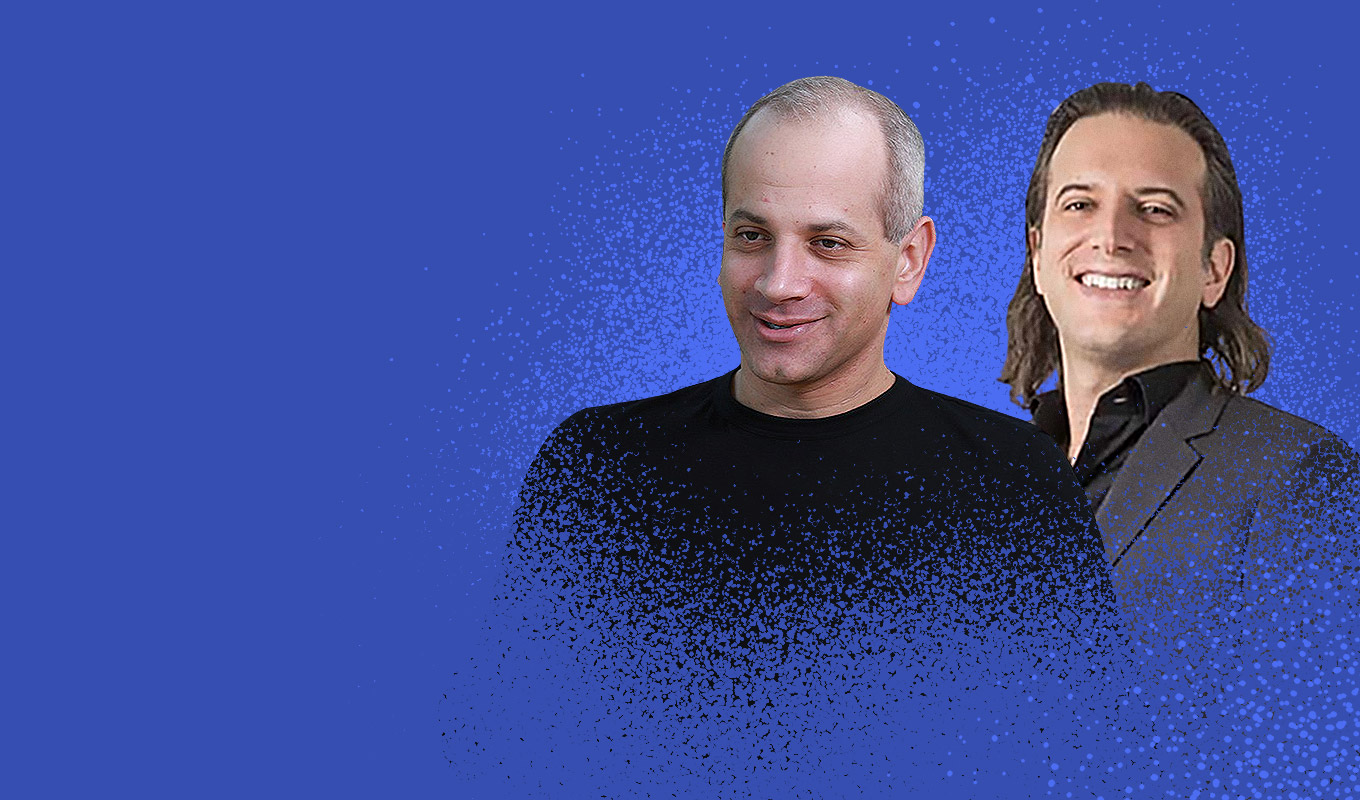The most successful marketing campaigns do a great job of telling a story. That’s why brands like Coca-Cola, Pepsi, Procter & Gamble, Unilever, Nike, and Apple are so revered in the marketplace. Each of these companies has figured out the link between advertising and storytelling.
But how do you measure what a good ad campaign is? That was the question Jonah Goodhart asked himself back in 2010. Along with his brother, Noah, and Michael Walrath, Goodhart began thinking of ways to make brand advertising (and storytelling) by marketers more effective, especially in the new digital landscape. The result was Moat.
2010: Building a Creative Marketplace
“Our initial thought was: How can we make digital creative better?” says Goodhart. And that was the very beginning of Moat. The three co-founders had successfully created Right Media, which they sold to Yahoo, so they self-financed their first round of capital, along with a small contribution from prominent Silicon Valley angel investors like Ron Conway.
The process began in 2010 by building a creative marketplace, he says. “As part of the process we learned a lot about what was happening around us. For example, what already existed and what didn’t exist.”
Continues Goodhart: “One of the first questions we asked was how do you actually know what ‘creative’ looks like for a brand?” If you consider well-known companies like Pepsi or Nike, what do their ads look like? What story were they telling?
As it turned out, there was no easy way to figure that out at the time.
“The advertising industry desperately needs a currency that makes sense. And we feel the company that measures that currency shouldn’t be the same company selling ads.It needs to be defined by an independent company with no investment by the media owner.”
— Jonah Goodhart
2011: Building a Search Engine
“Our idea was to build a search engine to help us discover what ads brands were running,” says Goodhart.
“We thought that in order to build better ads, we had to know what was out there already,” he says. “We wanted to have a search engine that would allow clients to instantly see what ads any brand was running in real-time.”
Mayfield came on board to lead the Series B round at the beginning of 2012. “They liked what we had built,” says Goodhart, “and having guided successful SaaS companies, they were interested in having a conversation with us about how they could be involved in the future.”
Sitting down with Mayfield, Goodhart and his initial team were prepared for pointed “challenge questions.” This process of evaluation would help fortify Moat’s eventual role in the marketplace. Goodhart was surprised that these weren’t questions for the sake of asking questions, which he says can be the case with many VCs. “Mayfield helped us realize that we didn’t have to know all the answers right away,” he says, “which frankly was a relief.”
And after that, the partnership with Mayfield came together swiftly. “In the span of 24 hours we had three meetings with them,” says Goodhart. “We literally hammered out a deal during one whiteboard session. It was that quick.” A few weeks later, Mayfield and Moat had officially teamed up.
“The proven team of Jonah and Noah Goodhart, along with amazing repeat founder Aniq Rahman, recognized how shifts in media consumption necessitated a next-gen platform for publishers and brands to measure the performance of their content and advertising. We partnered with them in 2012 and today Moat is the new Nielsen/comScore of attention and engagement analytics.”
— Tim Chang, Mayfield
2012: Building an Analytics Platform
Despite his venture’s early success, Goodhart says people were still having trouble wrapping their heads around how the creative marketplace worked. One question he continued to hear was: How do you measure what a good ad is?
Those questions led to the beginning of Moat’s analytics product. “It was a journey,” says Goodhart. “We started in 2010 by defining the creative marketplace. Then in 2011 we built a search engine that still operates today. And in 2012 we launched an enterprise analytics platform that grew to become our main business.”
Today: Building a Digital Currency
“Over the years we’ve become an enterprise analytics and measurement company,” says Goodhart. “We employ a couple of hundred people and have eight offices throughout the world, including the US, Australia, and the United Kingdom.”
With hundreds of clients and significant revenue, Moat now had established clear success metrics. And because of this, Goodhart raised a Series C funding of $50 million from leading New York growth stage investor Insight Venture Partners that they announced in early 2016.
“The advertising industry desperately needs a currency that makes sense,” says Goodhart. “And we feel the company that measures that currency shouldn’t be the same company selling ads.” He’s referring to Google’s substantial presence. “It needs to be defined by an independent company with no investment by the media owner.”
This emphasis on currency is causing a big shift in the marketplace,” says Goodhart. “We’re focusing on providing analytics and measurement for many of the largest advertisers in the world, folks like Nestlé and Unilever to name just two. We’re also providing services to major publishers such as Gannett, The New York Times, Vice, and Vox. Right now we’re hiring talented people, expanding our business internationally — increasing our presence in Europe — adding new products, and continuing to grow.”
Little by little, Moat has developed a better way to measure effective marketing. “Specifically,” says Goodhart, “we’re helping companies tell their stories increasingly understanding how consumers pay attention in a digital world.”



